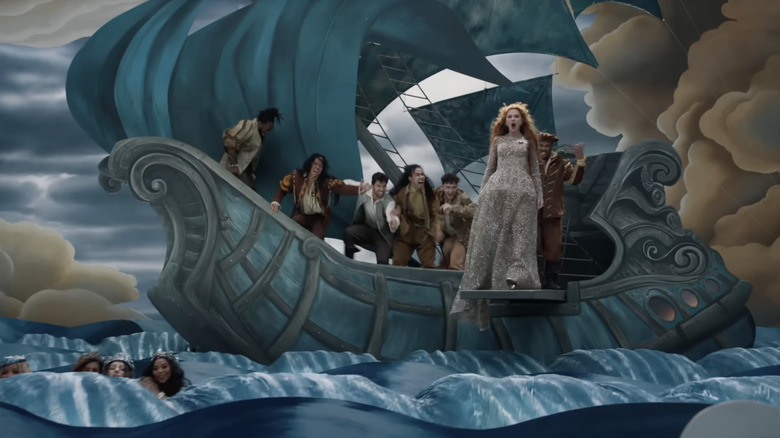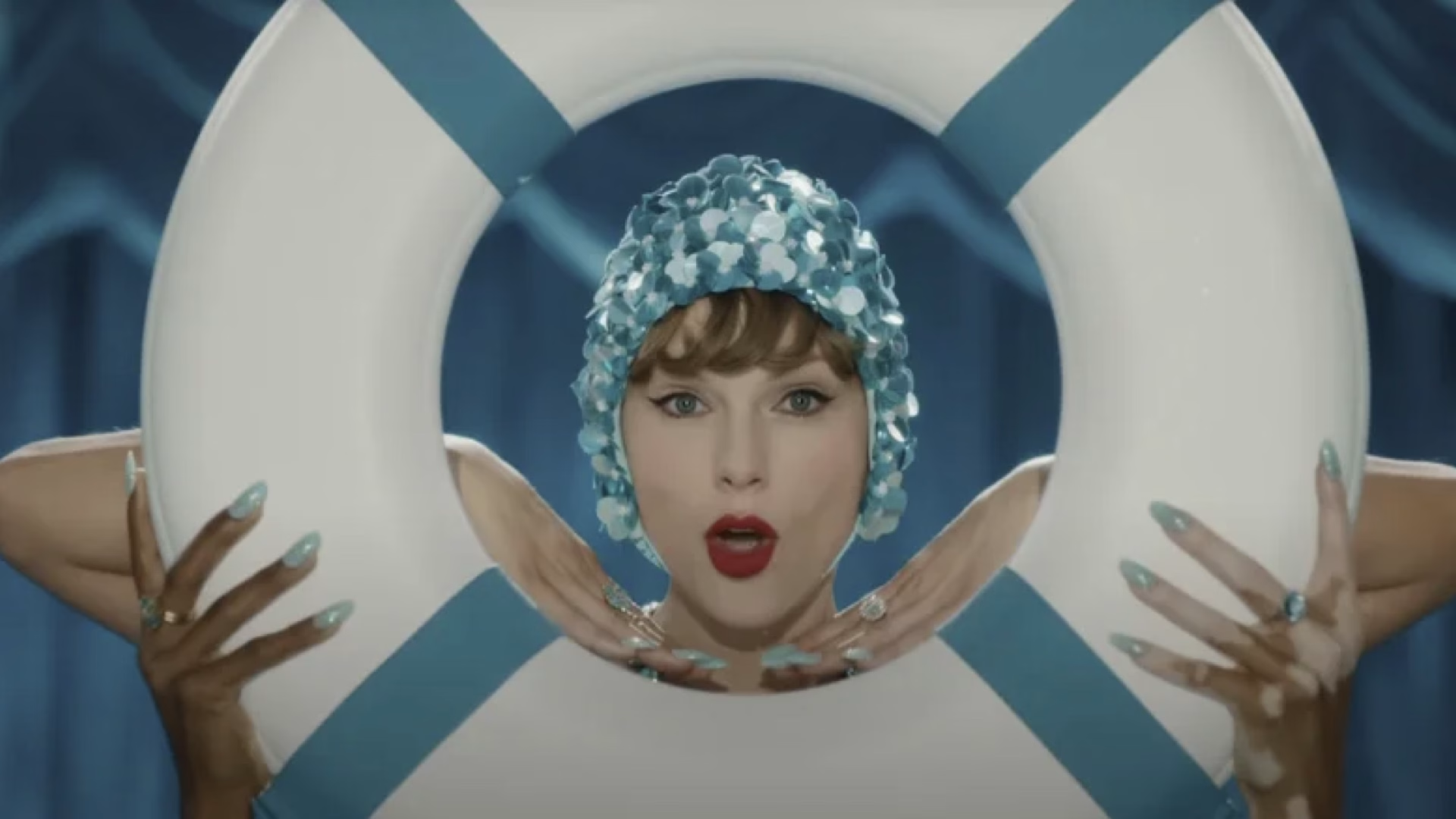Taylor Swift’s cinematic event, The Release Party of a Showgirl, marking the start of her “The Life of a Showgirl” era, made one thing abundantly clear: Swift doesn’t just command the stage or the camera as a star—she’s evolving into a storyteller with an increasingly sharp directorial instinct. The behind-the-scenes footage of the music video for the album’s lead single, “The Fate of Ophelia,” reveals a creator who oversees every detail, from lighting tests to mise-en-scène, engaging in technical discussions with the crew, refusing to settle for “good enough” and demanding take after take. This meticulousness carries over into her “short film” mode: the narrative rhythm and actor direction in All Too Well already transcended typical music video aesthetics.

As significant as Swift’s ambition is the talent she surrounds herself with. For “The Fate of Ophelia,” choreographer Mandy Moore is at the table, and cinematographer Rodrigo Prieto is behind the camera. Their collaboration—spanning Swift’s videos for “The Man,” “cardigan,” “willow,” and “Fortnight”—is no mere “celebrity cameo.” Prieto’s work on films like Barbie, Brokeback Mountain, The Wolf of Wall Street, and Killers of the Flower Moon underscores that Swift takes cinematic language seriously, choosing to work with and learn from the best. Considering her earlier dynamic music videos with Joseph Kahn, it’s no surprise that her visual references span from Busby Berkeley to Shakespeare.
What does this signal? Swift’s potential feature film deal with Searchlight is still on the table, and it no longer feels like an empty possibility. The “tour–album–video” cycle isn’t enough for her; her joy in creation is evident behind the camera. Beyond the cliché of “she earns a lot, she sells a lot,” Swift is criticized for her capitalist variant strategy that keeps record stores alive, yet she’s also a cinephile whose love for film and television shines through her references. In short, she doesn’t rely on her pop star power to dominate a set with an “I know best” attitude; she leans on masters, ultimately finding her own voice as a disciplined practitioner.
And yes, the “will she quit for marriage?” gossip… As she told Scott Mills on the BBC, such speculation—and its implications—is hurtful. Conspiracy theories about Swift abandoning her craft surface with every album cycle, only to fizzle out against her relentless output. As she wrote in “Karma”: “Ask me why so many fade, but I’m still here.” The answer is simple: hunger, discipline, and an openness to learning her craft.
In summary, The Release Party of a Showgirl shows that the idea of Swift “making a good film one day” is no longer just a romantic fan wish. With the right script, the right production environment, and another top-tier cinematographer, it wouldn’t be surprising to see the “mini-film” moments of her music videos evolve into a feature-length project. We have plenty of reasons to be curious about how the worlds she’s built in music might translate into cinema.














